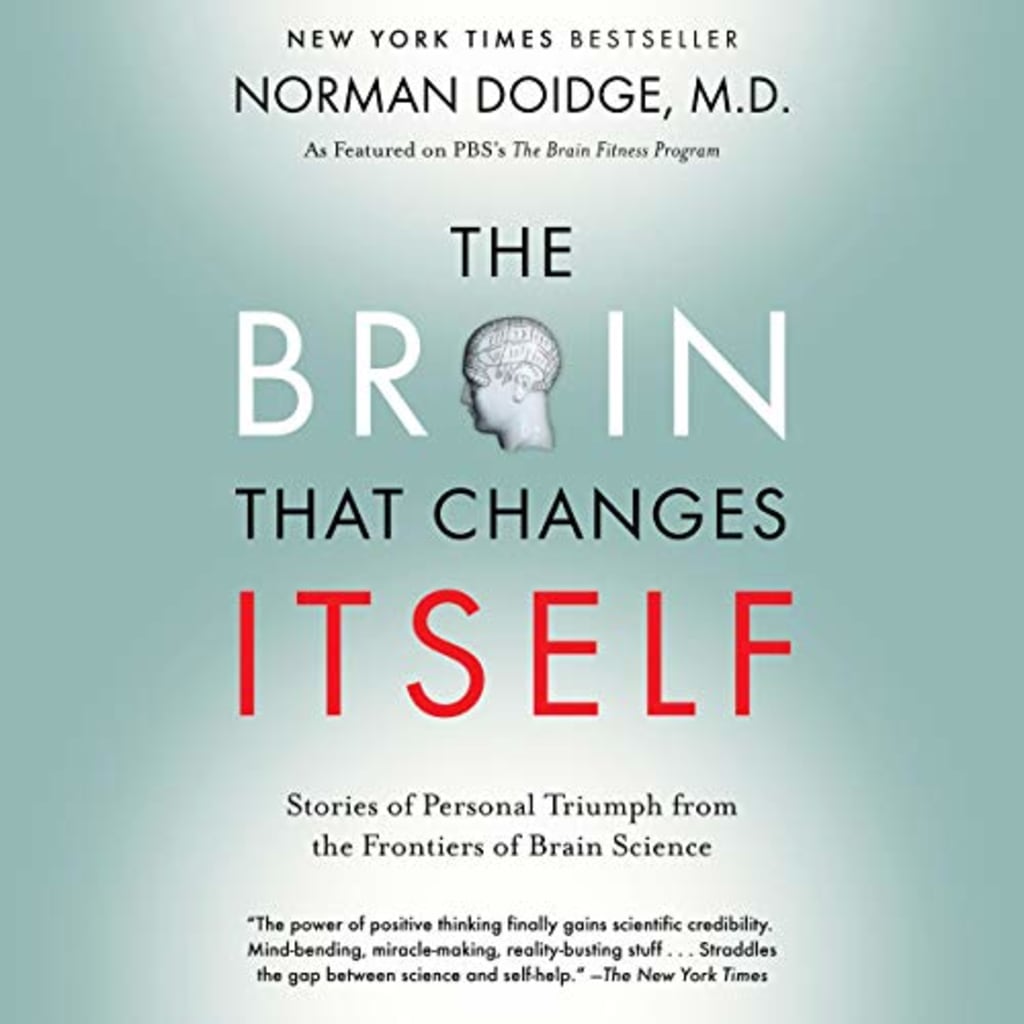
The young man says that using the brain to learn is one of the best ways to avoid Alzheimer's disease, and he thinks it's the only disease we should avoid. He points to experiments where exercise in the brain proved that strenuous exercise in their neurons appeared to be richer in network communication than anything one could have imagined. However, you are wrong that we cannot change the structure of the brain as it stands right now, so it is better to believe that you are right.
Neurosciences in his book talk about neuroplasticity, namely the ability of the brain to reconnect. We learn more about how it changes. Part of what makes Doidge's writing so accessible is that he tells a story as if it were happening, involving brain research.
Before the rise in neuroplasticity, we knew that our brains were recovering from injuries, changing experiences, and regenerating with age. Scientists thought that the brain had not changed and would deteriorate over the years. Now we learn that habits can change, disorders can be cured, and with so many studies, research papers, podcasts, books, and essays, it is common to believe that your brain can change.
Author Norman Doidge has some amazing stories from leading scientists who have done research on neuroplasticity, as well as from people whose lives have changed as a result. With this good news, Drs. Doidge has explored the secrets of body, emotions, love, sex, culture, and education and has written a book. This book is important when it comes to sharing processes in neuroscience research and explaining the topic in a fun and diverse way outside of the educational world.
In this fascinating book, psychiatrist and researcher Norman Doidge explores the importance of neuroplasticity and engages his students in miraculous healing. Doidge disputes the notion that many brain diseases are incurable and demonstrates the resilience of humans.
Norman Doidge, psychologist, psychoanalyst, author, and researcher takes the reader by the hand and explains how the brain can change lives. Contrary to the earlier assumption that the brain initiates a long process of degeneration in childhood, Doidge shows us that our brains have amazing abilities for growth and transformation, overcoming disability, learning and recovery, cultural change itself, and energy. to influence human nature. Doidge conveys the message of change that the brain itself is changing, and this is an important and instructive book to read.
This question is the subject of an inspiring new book by a psychiatrist and psychiatrist Norman Doidge, M.D. The Brain Changes Itself. Clear, interesting, catchy, and well-defined, this is an invitation to understand how the brain works.
Ordinary medical models assume that brain functions are tied to specific areas of the brain (local model). In theory, phantom pain arises because the brain locates the legs and limbs, eagerly anticipates input and sends growth factors to nearby neurons. These structures allow the brain to change its structure and function.
Within a few months, the amputated brain had completely regenerated their damaged circuits, and the illusion that he was still in good health and his pain was gone. As subjects learn to play consecutive piano notes, some of them undergo dramatic changes in the electrical activity of the brain; when other subjects sit behind the piano and think about playing the same notes, similar changes occur. The brain thinks it is in a ship of electrical habits that will be harder to eradicate, but in reality, it is more flexible than the old machines.
A collection of anecdotes from doctors and patients shows that the human brain is capable of making dramatic changes. Various techniques were used to stimulate the natural plastic structure of the brain. In his book The Neuroplastic Revolution, he calls for increased awareness of the flexibility of the brain and introduces scientists working on how neuroplasticity changes people's lives.
It took seven years to produce but Toronto psychiatrist Norman Doidge has produced another poem featuring his best-selling retailer The Brain That Changes Itself. We meet patients, scientists, and researchers who have pioneered the brain pathway, from spatial theory and spatial practice to understanding brain plasticity. The author cites Legasthenic and autistic pediatric studies that have achieved unprecedented success by reassembling their brains, as well as traumatized victims who have been able to regain their former skills.
In May 2007 I received Norman Doidge's book The Brain That Changes Itself in a New York Times review. Fascinated and trapped in a thousand my bonds at the end of the school year, the book was erased from my mind until this summer, when our school reading expert sent me an email saying he was ready. The book expands on the concept of neuroplasticity - the brain's ability to change shape and function - as a cure for a disease once considered incurable.
When I first saw the book, I thought I had something good to say. The first seven chapters were intriguing by their personal stories, and the last four chapters dealt with science and philosophy.
In the end, my answer to this book is nothing black and white, but I think it is lying somewhere in the middle. I love the brain, but this book prefers to believe that the mind is plastic, that it changes and regenerates itself. It quotes Edelman's work, which begins with his Bright Lights and Brilliant Fires, and I found myself supporting that.
But Doidge is not the inventor or at least one of the newer scientists. There are negative reviews of books and articles that criticize his writing and say that neuroscience is not important in psychological research.
This new science is called neuroplasticity, and it is based on the growing understanding that the human brain, which for centuries has been regarded as a stable, non-regenerating organ damaged by disease and with limited ability to recover, is actually capable of. of self-improvement and livelihood. The underlying remedy, from Parkinson's disease and autism to stroke and traumatic brain injury, stimulates habits, thoughts, and actions that teach the brain to connect. Norman Doidge’s first book, published seven years ago, explained the principles of such a solution, and the plastic mind has always been a proven fact in the laboratory and a better understanding of how neuron circuits work to produce thoughts.
About the Creator
Dip Rai
I am a content writer and love to Code.





Comments
There are no comments for this story
Be the first to respond and start the conversation.